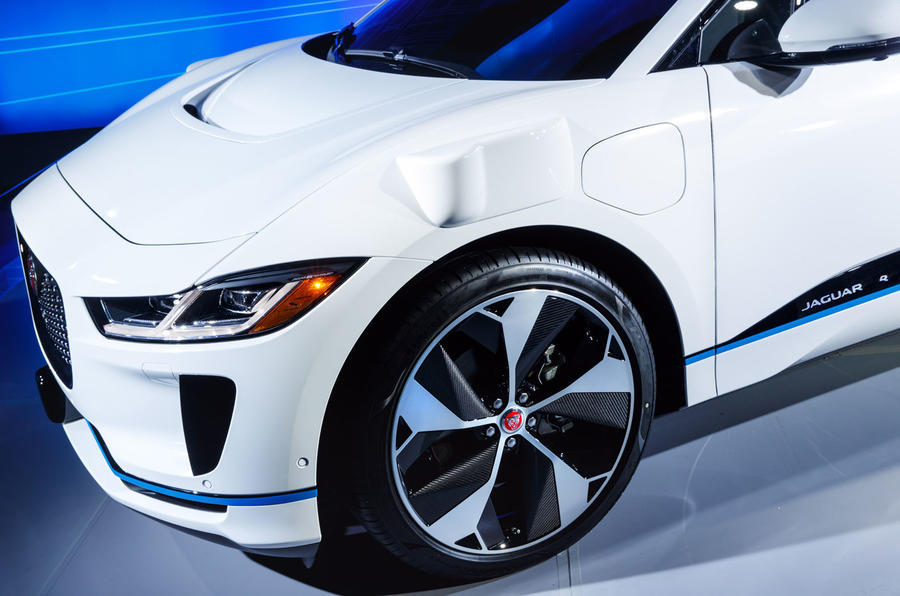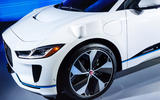You might have noticed what one unfriendly observer described as a “multitude of carbuncles” residing on the Jaguar I-Pace bearing Waymo’s self-driving tech that was revealed at the New York motor show.
Because the I-Pace is such a beautifully designed car - and true to head of design Ian Callum’s philosophy of not over-designing - these additions are all the more prominent. Even one Waymo official conceded that there had been a debate before unveiling the car about whether to adorn it with today’s actual sensors or to guess what they might look like when versions of the car are on the road for public use in 2020. Bravely, they chose the former.
But here’s a thing to get you thinking, sparked by a remark from Waymo CEO John Krafcik when he raised the question of what might make potential passengers of self-driving cars more confident to try the vehicles: beautiful design with sensors hidden out of sight or cars that prominently display the technology they’ll be using.

Jaguar deal could encourage Waymo to start autonomous tests in Britain
“I think you might see a different dynamic taking shape, where the self-driving technology is both prominent and celebrated,” said Krafcik.









Join the debate
Add your comment
Weird to deploy self-driving cars as big and wide as the i-Pace.
More vulnerable road users like cyclists and pedestrians ought to be protected from autonomous vehicles in the first place. Not the other way round. Doesn't help when a car that is more than 2 m. wide tries to slice its way through dense inner city traffic, like a blunt knife really. UBER and Waymo should have started (like Nutonomy did in Singapore) with EVs as small and sleek as the Mitsubishi iMiEV. The Boston Consulting Group found out that the average cab or UBER trip consists of 1.2 passenger. Deduct the chauffeur when cars can really be driven autonomously. Such a waste of resources, energy (battery power) and road space to use a five-seater all the time then. Customers may also want a cheaper ride.
I have said it before......
Transport in the future will be “White goods”,as attractive as a Fridge freezer!, why would we want to own a Car in the future which might spend most of its time static in a Traffic jam for hours,and if we are, wouldn’t it be good if you could do your work from the Car or watch some Telly or even chat to your mates in the Car or handfree on the mobile?, Car journeys could be that boring so what a Car looks like on the outside might become irrelevant, itll be inside we will covet, what would we all like if this scenario happens...?
Your argument equally applies
Your argument equally applies to cars of now as much as those of the future. How a car looks externally has always been irrelevant once youre inside, so why do we all care so much?
Styling makes us feel emotion (good or bad) looking at it.
Styling suggests a lifestyle we'd like to be living, not neccessarily reflect the one we actually are.
Styling affects or reinforces our ego, where we feel we stand (or want to stand) in society.
Styling suggests or alters the principles a manufacturer stand for, and thus our perceptions of them.
Styling affects how much we're willing to spend, due to all the above.
Like it or not, we're all heavily influenced by styling, whether conciously or not, otherwise we'd all drive identical, uncoloured vehicles, that are entirely fit for our lifestyles and not a jot more.
As engineering becomes evermore homogeneous and reliable, styling becomes an ever greater influence on what we drive/are driven in.